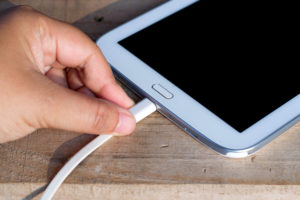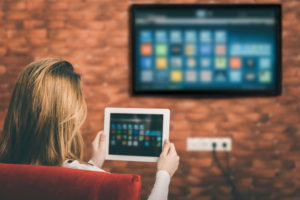
As one of the more trendy devices on the market, tablets have made a name in the tech world for being easy to use and travel with. This device is used in the same way as a smart phone or laptop. However, with any device, there might be some performance issues. Some examples include battery problems or screen function. Follow along in our blog as we discuss tech problems you may encounter with a tablet.
Battery/Power Issues
If you are experiencing a low battery problem, look at the apps you have installed. Third-party apps (which are usually apps downloaded from the App Store or Google Play) can drain the battery. You can check which apps are eating up the power by going to your tablet’s “battery use” section. The next step is to uninstall apps that you don’t use or that are using up the most power.
Screen Problems
External and internal screen problems can be an inconvenience, as most tablets are touch screen. For external issues, closely examine the screen for cracks, chips, or particles that may be interfering with the touch feature. As for internal complications, a non-responsive or slow screen may be due to limited RAM. You can fix this issue by deleting apps, clearing the cache, or simply close apps you’re not using.
Charging Issues
Sometimes tablets stop charging, even when plugged in. Why? Well one reason could be a damaged charge port. The port is the part of the tablet where the charger is plugged into. On the other hand, a twisted or damaged cable may possibly be the culprit. iFixScreens gives an important tip: “always use the device’s original charging cable or purchase a good quality charging string that doesn’t damage your tablet or your adapter.”
Final Thoughts
If you can’t solve your tech problem, the experts at National Computer Repair can! You can call on us for tech support when it comes to your computer, tablet, and more. We’ve got you covered!
Call 615-826-7550 or visit us online at www.nationalcomputerrepairllc.com.

